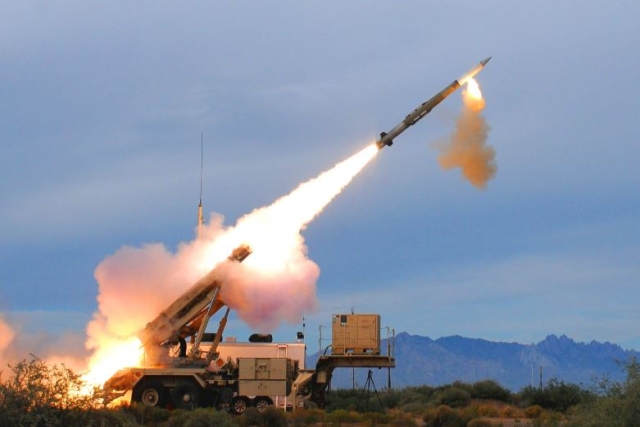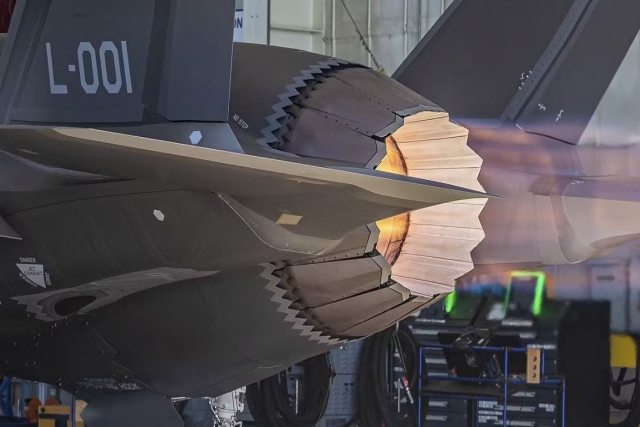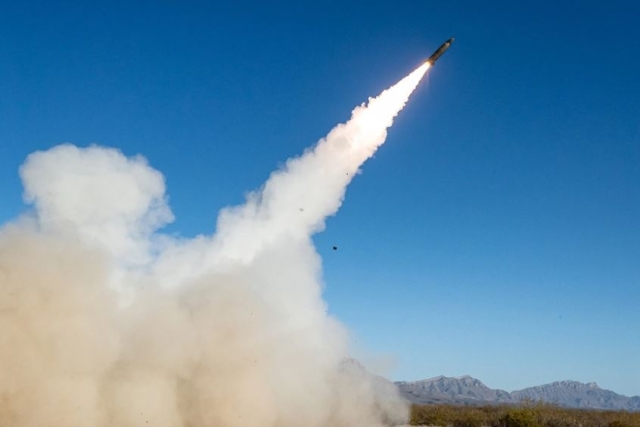Raytheon Receives $2.14B Standard Missile-3 Block IB Contract
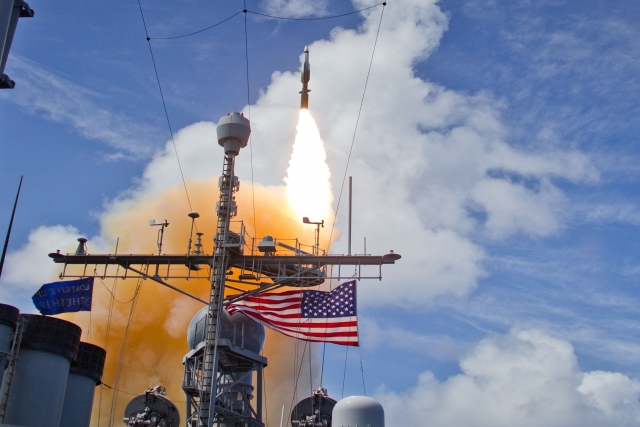
The Pentagon has awarded Raytheon a $2.14 billion contract for Standard Missile-3 Block IB missiles that can destroy ballistic missiles on land and at sea.
"Under this contract, the contractor will provide the management, material and services associated with the procurement, manufacture and assembly of the Standard Missile-3 Block IB all up rounds for the US and Foreign Military Sales (FMS) partners," the Pentagon said in a statement Thursday.
Raytheon's SM-3 interceptor uses sheer force, rather than an explosive warhead, to destroy its target. Its “kill vehicle” hits threats with the force of a 10-ton truck traveling 600 mph. This technique, referred to as “hit-to-kill,” has been likened to intercepting a bullet with another bullet.
"It is the first multi-year contract for the SM-3 program, and covers fiscal years 2019–2023.
SM-3 is the only ballistic missile interceptor that can be launched on land and at sea. It is deployed worldwide and has achieved more than 30 exoatmospheric intercepts against ballistic missile targets. The Block IB variant achieved full-rate production in 2017, the company said in a statement.
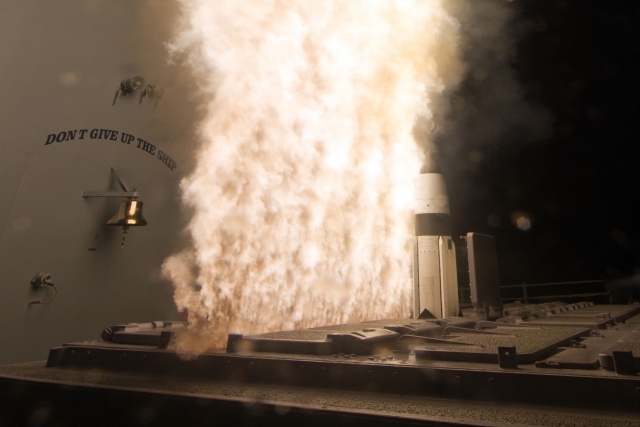
The SM-3 interceptor is a critical piece of the Phased Adaptive Approach for missile defense in Europe. The interceptor is being carried by US Navy ships deployed off Europe’s coast and is now operational at a land-based site in Romania, further enhancing Europe’s protection. When the next land-based SM-3 interceptor site becomes operational in Poland, all of Europe will be defended from ballistic missile attacks.
In 2014, the Block IB variant was successfully launched for the first time from an Aegis Ashore testing site in Hawaii.
The SM-3 Block IB interceptor has an enhanced two-color infrared seeker and upgraded steering and propulsion capability that uses short bursts of precision propulsion to direct the missile toward incoming targets. It became operational in 2014, deploying for the first time on US Navy ships worldwide.
